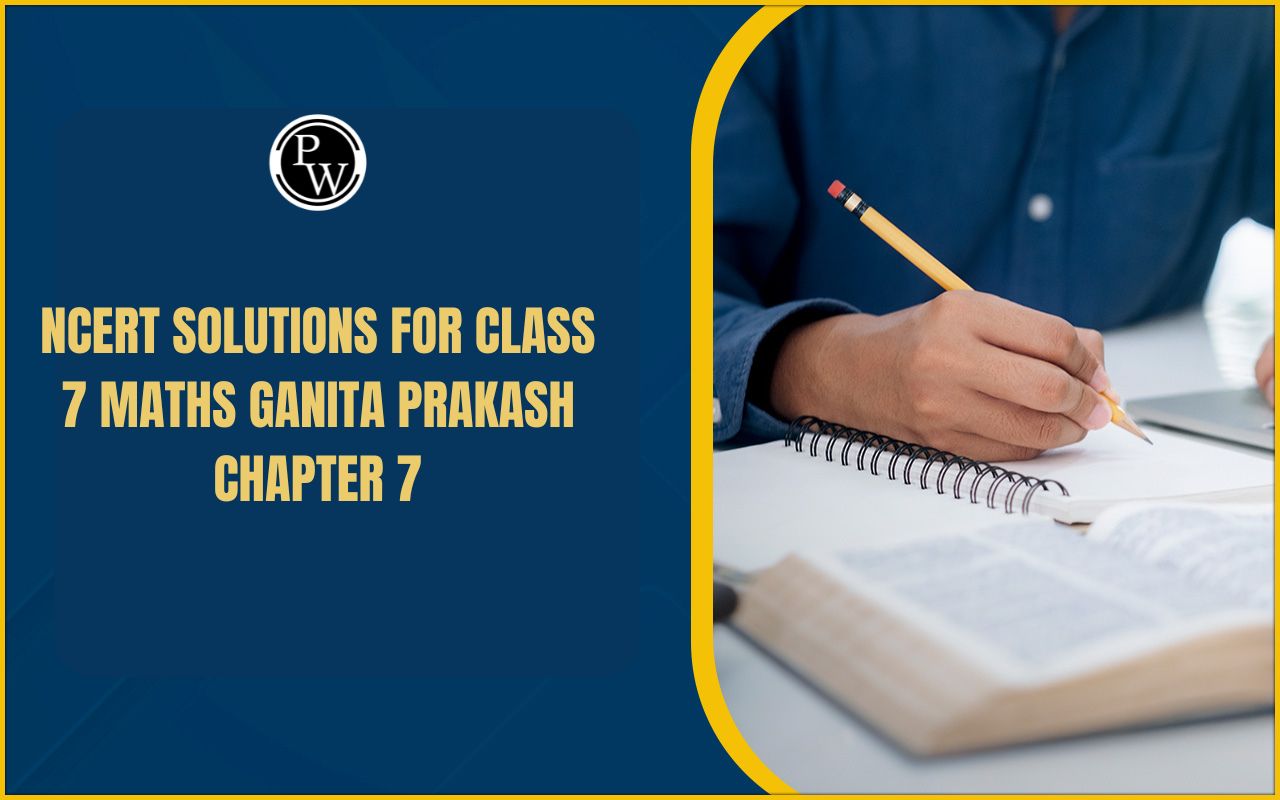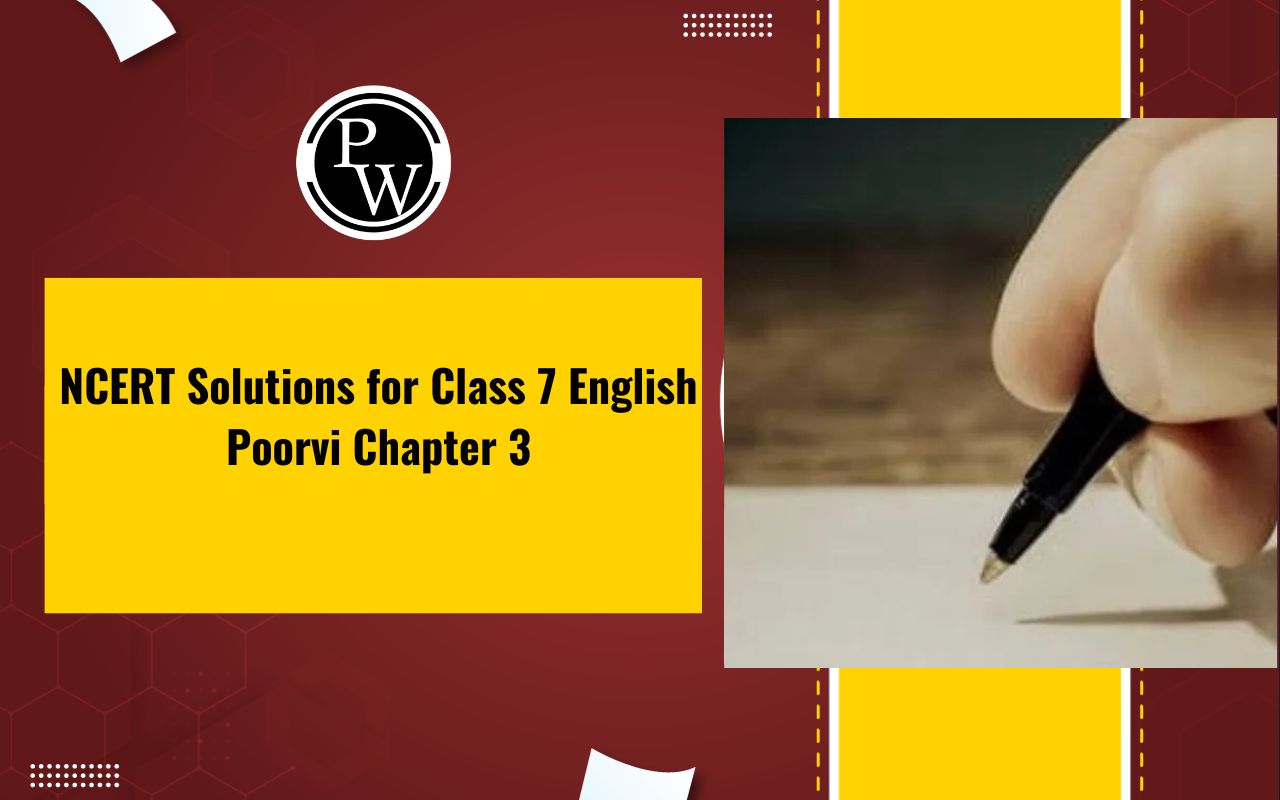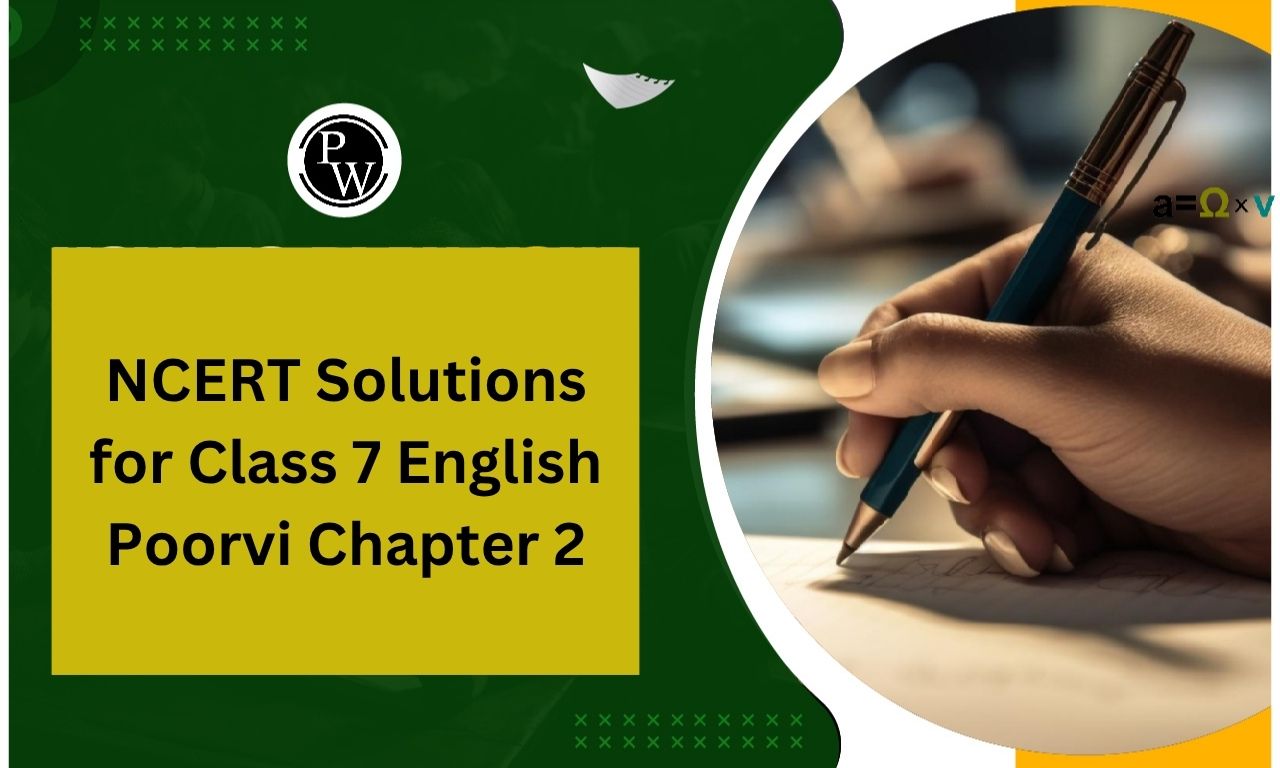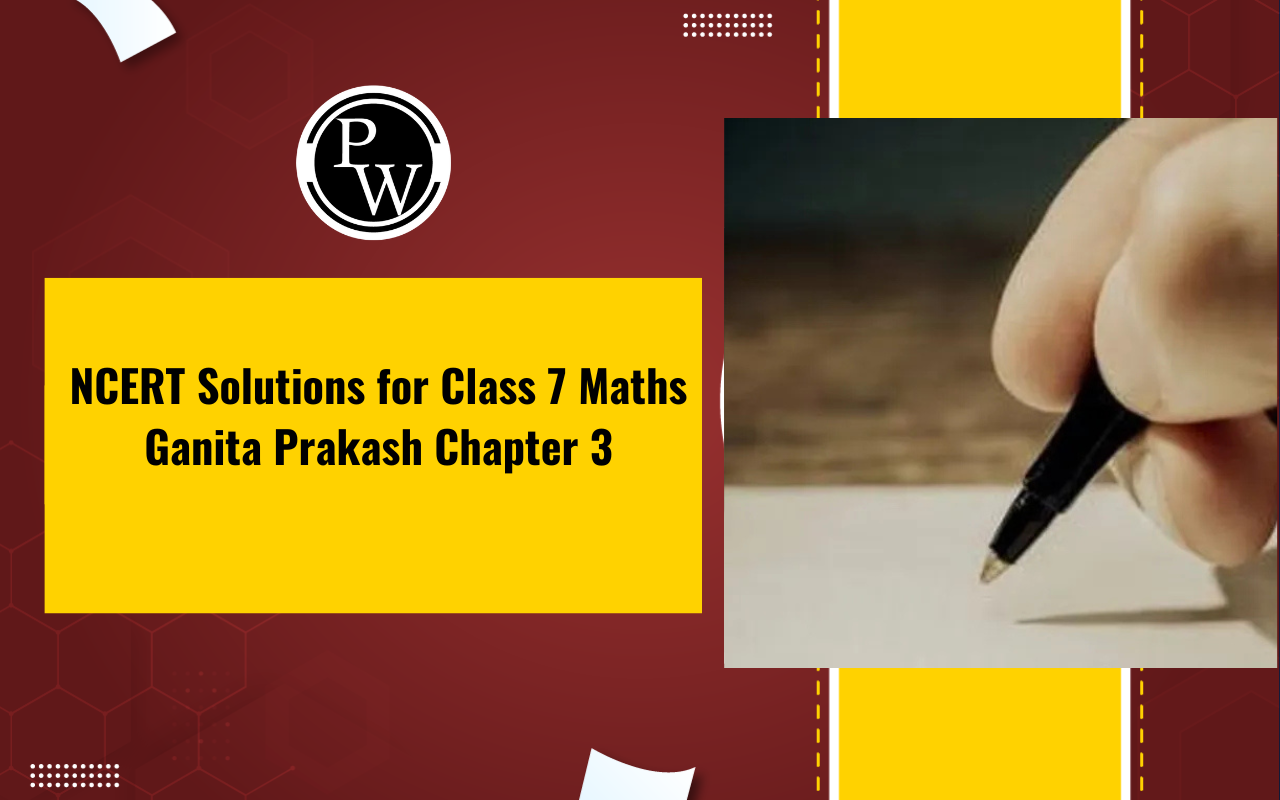
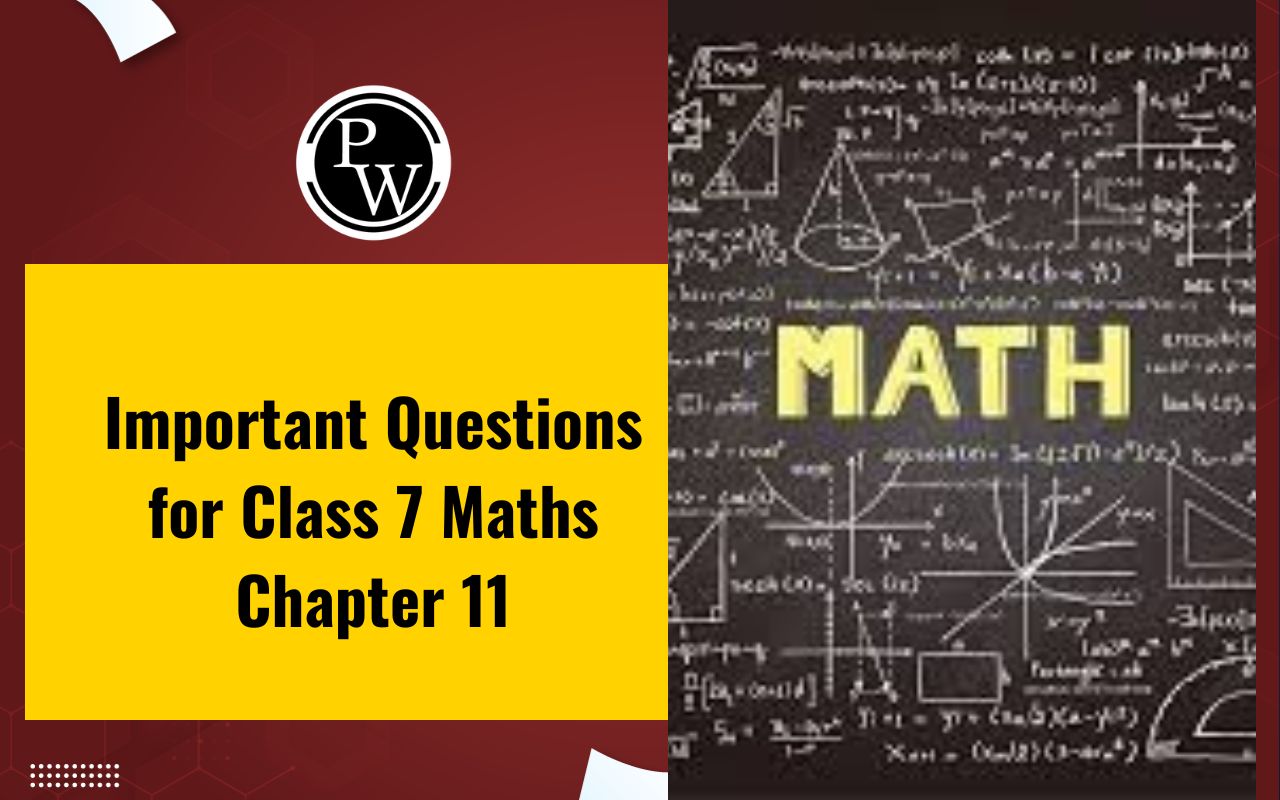
Important Questions for Class 7 Maths Chapter 11: These important questions from CBSE Class 7 Maths Chapter 11 Exponents and Powers are highly helpful for students as they focus on core concepts and problem-solving techniques.
By practicing these questions students can enhance their understanding of the laws of exponents, standard form, and the applications of powers in real-life situations. They also prepare students to tackle various types of problems that are frequently asked in exams boosting their confidence and improving their overall performance in mathematics.Important Questions for Class 7 Maths Chapter 11 Overview
Chapter 11 Exponents and Powers simplifies working with very large and very small numbers using exponential notation. It introduces students to the concept of exponents, where a number (base) is raised to a power (exponent), representing repeated multiplication. The chapter covers important topics like:- Laws of Exponents : Understanding how to multiply and divide powers with the same base, raising a power to a power, and dealing with numbers raised to zero or negative exponents.
- Standard Form : Learning to express very large or very small numbers in standard form for easier computation and comparison.
Important Questions for Class 7 Maths Chapter 11 PDF
The Important Questions for Class 7 Maths Chapter 11 Exponents and Powers PDF is an excellent resource for students to strengthen their understanding of this crucial topic. With step-by-step solutions and examples, it serves as a handy guide for exam preparation and quick revision. Download the PDF from the link provided below to strengthen your knowledge and practice effectively.Important Questions for Class 7 Maths Chapter 11 PDF
Important Questions for CBSE Class 7 Maths Chapter 11 Exponents and Powers
Here are some important questions from Class 7 Maths Chapter 11 Exponents and Powers along with their solutions:Question 4. Find the value of:
(i) (-1) 1000 (ii) (1) 250 (iii) (-1) 121 (iv) (10000) 0Solution:
(i) (-1) 1000 = 1 [∵ (-1) even number = 1] (ii) (1) 250 = 1 [∵ (1) even number = 1] (iii) (-1) 121 = -1 [∵ (-1) odd number = -1] (iv) (10000) 0 = 1 [∵ a 0 = 1]Question 5. Express the following in exponential form:
(i) 5 × 5 × 5 × 5 × 5 (ii) 4 × 4 × 4 × 5 × 5 × 5 (iii) (-1) × (-1) × (-1) × (-1) × (-1) (iv) a × a × a × b × c × c × c × d × dSolution:
(i) 5 × 5 × 5 × 5 × 5 = (5) 5 (ii) 4 × 4 × 4 × 5 × 5 × 5 = 4 3 × 5 3 (iii) (-1) × (-1) × (-1) × (-1) × (-1) = (-1) 5 (iv) a × a × a × b × c × c × c × d × d = a 3 b 1 c 3 d 2
Question 6.
Express each of the following as product of powers of their prime factors:
Solution:
(i) We have 405 = 3 × 3 × 3 × 3 × 5 = 3 4 × 5 1 Thus, 405 = 3 4 × 5 1 (ii) We have 504 = 2 × 2 × 2 × 3 × 3 × 7 = 2 3 × 3 2 × 7 1 Thus, 504 = 2 3 × 3 2 × 7 1 (iii) We have 500 = 2 × 2 × 5 × 5 × 5 = 2 2 × 5 3 Thus, 500 = 2 2 × 5 3Question 7. Simplify the following and write in exponential form:
(i) (5 2 ) 3 (ii) (2 3 ) 3 (iii) (a b ) c (iv) [(5) 2 ] 2Solution:
(i) (5 2 ) 3 = 5 2×3 = 5 6 (ii) (2 3 ) 3 = 2 3×3 = 2 9 (iii) (a b ) c = a b×c = a bc (iv) [(5) 2 ] 2 = 5 2×2 = 5 4 Question 8: Simplify the following:- 2 × 10 3
- 7 2 × 2 2
- 2 3 × 5
- 3 × 4 4
- 0 × 10 2
- 5 2 × 3 3
- 2 4 × 3 2
- 3 2 × 10 4
Solution:
- 2 × 103 can be written as 2 × 10 × 10 × 10 = 2 × 1000 = 2000
- 72 × 22 can be written as 7 × 7 × 2 × 2 = 49 × 4 = 196
- 23 × 5 can be written as 2 × 2 × 2 × 5 = 8 × 5 = 40
- 3 × 44 can be written as 3 × 4 × 4 × 4 × 4= 3 × 256 = 768
- 0 × 102 can be written as 0 × 10 × 10 = 0 × 100 = 0
- 52 × 33 can be written as 5 × 5 × 3 × 3 × 3 = 25 × 27 = 675
- 24 × 32 can be written as 2 × 2 × 2 × 2 × 3 × 3 = 16 × 9 = 144
- 32 × 104 can be written as 3 × 3 × 10 × 10 × 10 × 10 = 9 × 10000 = 90000
- (-4) 3
- (-3) × (-2) 3
- (-3) 2 × (-5) 2
- (-2) 3 × (-10) 3
Solution:
- On expansion of (-4)3,
- On expansion of (-3) × (-2)3
- On expansion of (-3)2 × (-5)2
- On expansion of (-2)3 × (-10)3
- 2.7 × 10 12 and 1.5 × 10 8
- b) 4 × 10 14 and 3 × 10 17
Solution:
a)The above equation is given as 2.7 × 10 12 and 1.5 × 108 On comparison made for the exponents of base 10, we get 2.7 × 10 12 > 1.5 × 108- b) The above equation is given as 4 × 1014 and 3 × 1017
Solution:
The laws of exponents make the expression of the exponential form simplified. As per product law,- When the bases are the same and the exponents are different then the product law is expressed as
- The other aspect of product law is when the bases are different but the exponents are the same then the product law is:
- When the bases are the same but the exponents are different then as per quotient law,
- When the bases are different and the exponents are the same, then the quotient law is an ÷ bn = (a/b)n. here a and b are the rational number and n is a natural number.
- 3 2 × 3 4 × 3 8
- 6 15 ÷ 6 10
- a 3 × a 2
- 7 x × 7 2
- (5 2 ) 3 ÷ 5 3
- 2 5 × 5 5
- b 4 × c 4
- (3 4 ) 3
- (2 20 ÷ 2 15 ) × 2 3
Solution:
- 32 × 34 × 38 will be written as (3) 2 + 4 + 8 = 314
- 615 ÷ 610 will be written as (6) 15-10 = 65.
- a3 × a2 will be written as (a) 3 + 2 = a5.
- 7x × 72 will be written as 7 (x + 2), this is in accordance with the rule of multiplying the powers when they have the same base, like am × an = a m+n
- (52)3 ÷ 53. In this the rule of power of as power will be followed, according to which
- 25 × 55 = (2 × 5)5 = 105. The rule of multiplying the power with the same exponent is applied here.
- b4 × c4 = (b × c)4 = bc4. The rule of multiplying the power with the same exponents is applied here.
- (34)3 = (3) 4× 3 = 312. The rule of taking the power of as power is applied here.
- (220 ÷ 215) × 23
Benefits of Solving Important Questions for Class 7 Maths Chapter 11
- Concept Clarity: Practicing important questions helps students understand fundamental concepts such as the laws of exponents, standard form, and negative powers.
- Improved Problem-Solving Skills: These questions challenge students to apply concepts in different ways, enhancing their analytical and logical thinking abilities.
- Preparation for Exams: Important questions are often modeled after exam-style problems, making them a valuable resource for scoring well in tests and exams.
- Real-Life Applications: Understanding exponents and powers equips students to deal with real-world scenarios involving large and small numbers, such as scientific notation and measurements.
- Builds Confidence: Regular practice of important questions boosts students confidence in tackling challenging problems and reinforces their understanding of the chapter.
- Time Management: Solving a variety of questions helps students learn to manage their time effectively during exams by improving their speed and accuracy.
Important Questions for Class 7 Maths Chapter 11 FAQs
What is an exponent?
An exponent represents the number of times a base is multiplied by itself.
What is standard form?
Standard form expresses very large or very small numbers as a product of a number between 1 and 10 and a power of 10.
What is the value of any number raised to the power 0?
Any non-zero number raised to the power 0 is equal to 1.
How do exponents simplify large calculations?
Exponents condense repeated multiplication into a single expression, making it easier to perform calculations involving very large or small numbers.
🔥 Trending Blogs
Talk to a counsellorHave doubts? Our support team will be happy to assist you!

Free Learning Resources
PW Books
Notes (Class 10-12)
PW Study Materials
Notes (Class 6-9)
Ncert Solutions
Govt Exams
Class 6th to 12th Online Courses
Govt Job Exams Courses
UPSC Coaching
Defence Exam Coaching
Gate Exam Coaching
Other Exams
Know about Physics Wallah
Physics Wallah is an Indian edtech platform that provides accessible & comprehensive learning experiences to students from Class 6th to postgraduate level. We also provide extensive NCERT solutions, sample paper, NEET, JEE Mains, BITSAT previous year papers & more such resources to students. Physics Wallah also caters to over 3.5 million registered students and over 78 lakh+ Youtube subscribers with 4.8 rating on its app.
We Stand Out because
We provide students with intensive courses with India’s qualified & experienced faculties & mentors. PW strives to make the learning experience comprehensive and accessible for students of all sections of society. We believe in empowering every single student who couldn't dream of a good career in engineering and medical field earlier.
Our Key Focus Areas
Physics Wallah's main focus is to make the learning experience as economical as possible for all students. With our affordable courses like Lakshya, Udaan and Arjuna and many others, we have been able to provide a platform for lakhs of aspirants. From providing Chemistry, Maths, Physics formula to giving e-books of eminent authors like RD Sharma, RS Aggarwal and Lakhmir Singh, PW focuses on every single student's need for preparation.
What Makes Us Different
Physics Wallah strives to develop a comprehensive pedagogical structure for students, where they get a state-of-the-art learning experience with study material and resources. Apart from catering students preparing for JEE Mains and NEET, PW also provides study material for each state board like Uttar Pradesh, Bihar, and others
Copyright © 2025 Physicswallah Limited All rights reserved.






